Invasives
Invasives are plants, vines, shrubs and trees, that spread in such a way that they deprive whole areas of their natural vegetation. Many invasives are exotic plants, introduced intentionally or by accident to our gardens from another continent. These exotic species have little or no relationship with our wildlife and have no natural predators, so they can spread unhindered. It can take hundreds of years before insects and animals adapt to these species. Invasives cause loss of biodiversity, habitat degradation and other ecological and economical consequences. An invasive can be invasive in some areas, yet modest or non existent in others, depending on their specific needs.
The strategy we need to fight these invasives is basically the same as the strategy against garden weeds. But invasives require more urgent and immediate action, not just by homeowners but also by municipalities and park managers.
Weeding and the management of invasives is a important practice for landscapers who want to offer more sustainable practices. The more frequent visits that were necessary for conventional lawn maintenance, can be replaced with invasives management, which requires more time but can be done less frequently. Weeding can be done on those days when the lawn doesn’t need mowing or when the ground is too wet for mowing.
Weeding of invasive perennials needs to be done when the soil is still soft and the plants still easy to pull. Annuals can be weeded later, after growth but before flowering and seeding.
Here are the most common invasives in the northeast. Please go online and familiarize yourself with all their phases of growth so you can recognize them easily.
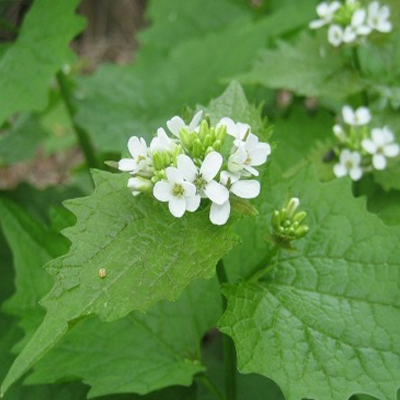
Garlic Mustard
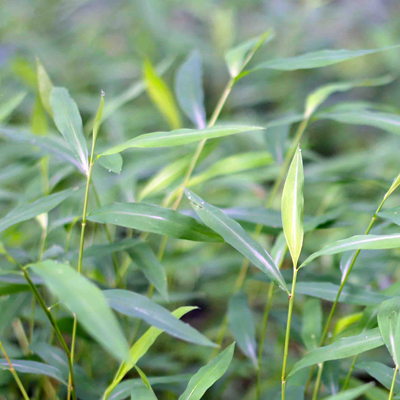
Japanese Stilt Grass
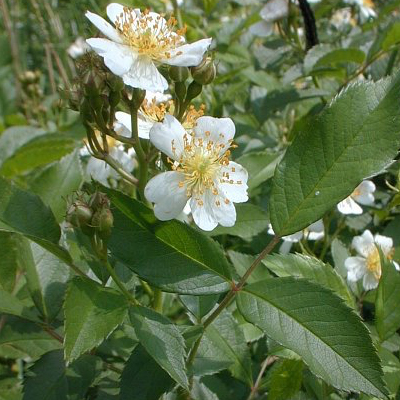
Rosa Multiflora
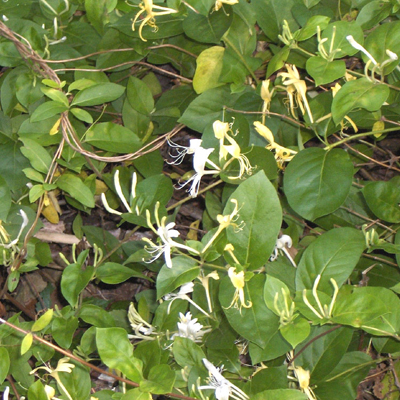
Japanese Honeysuckle
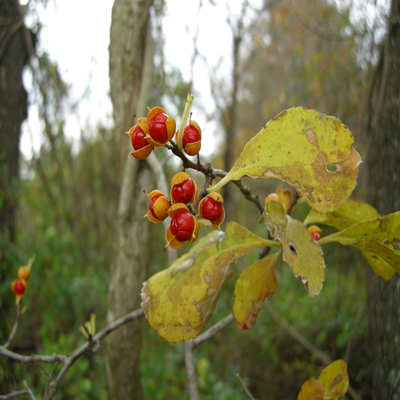
Oriental Bittersweet
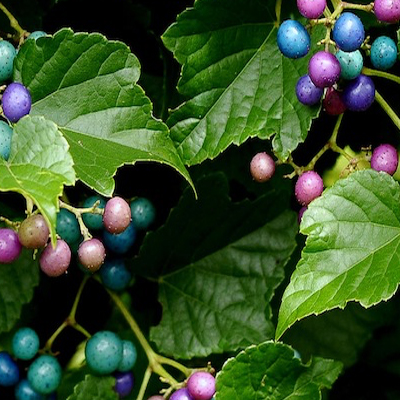
Porcelain Berry
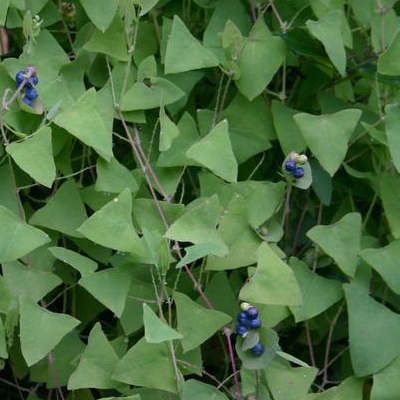
Mile-a-Minute
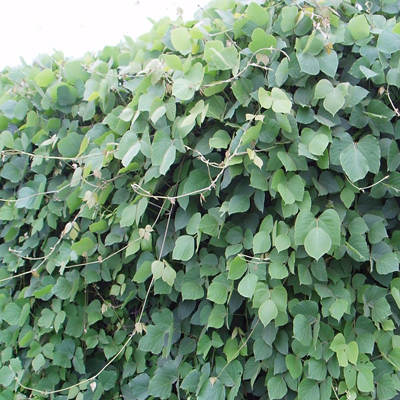
Kudzu
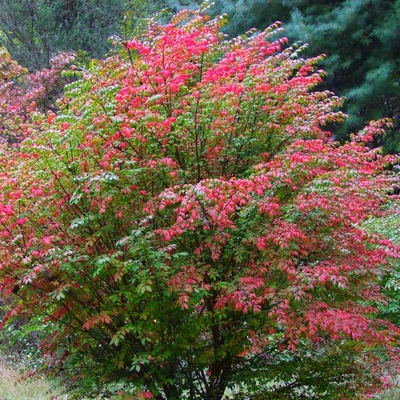
Burning Bush
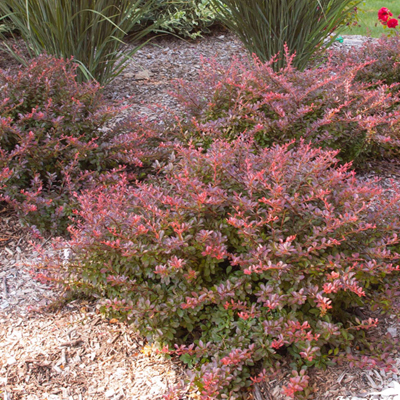
Japanese Barberry
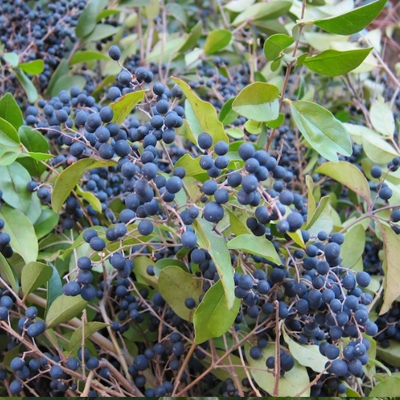
Ligustrum (Privet)
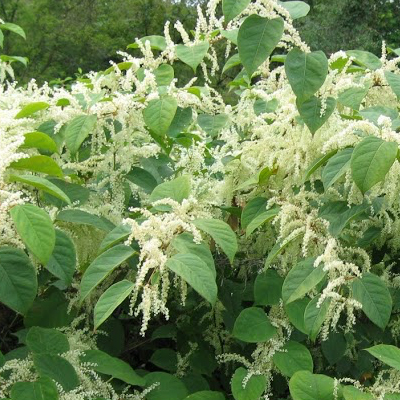
Japanese Knot Weed
It is tempting to save time with an fast spreading groundcovers. But not all groundcovers create a healthy habitat. They can become invasive, and once the have started to grow they are often very difficult to remove. Try to find alternatives for the following groundcovers:
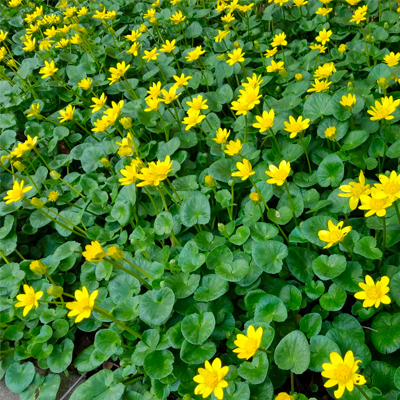
Lesser Celandine
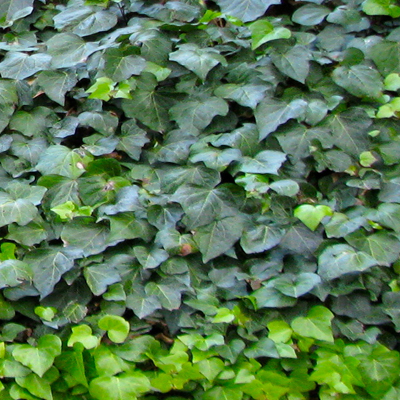
English Ivy
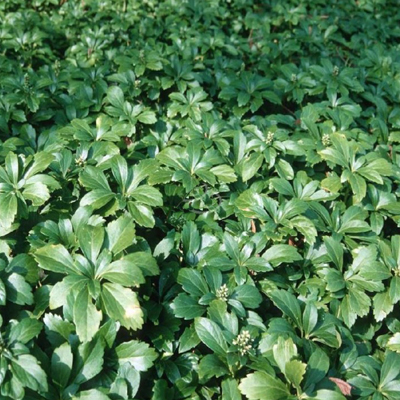
Jap. Pachyssandra
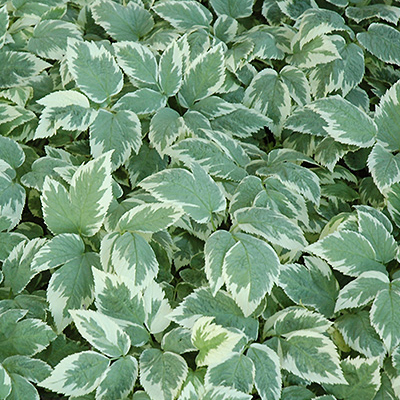
Bishop’s Weed

Yellow Lamium
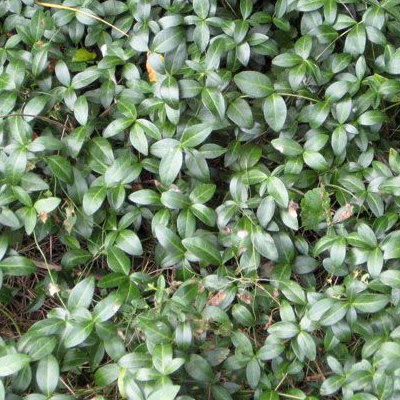
Vinca
